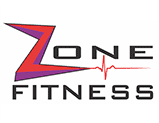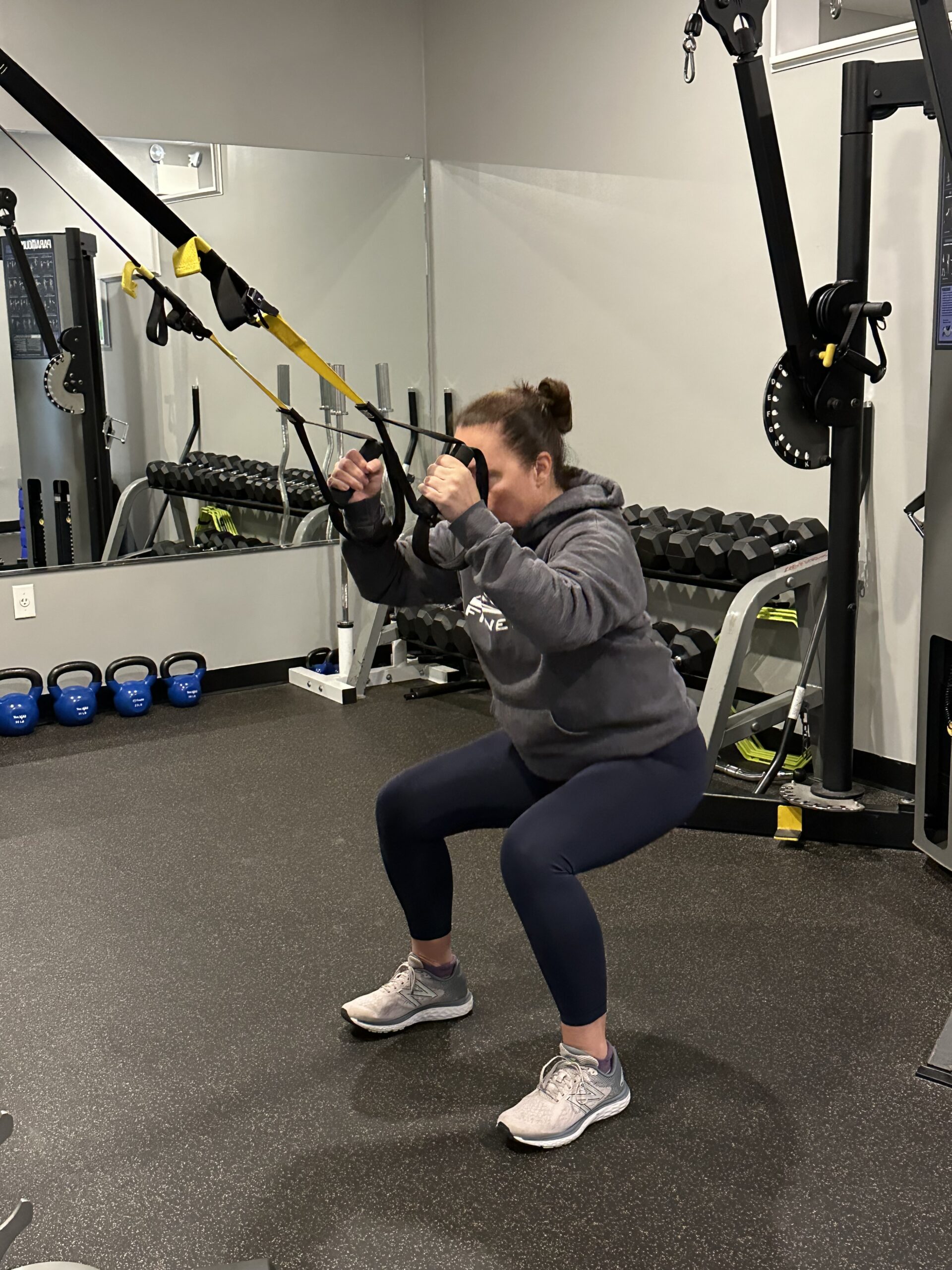The main difference between body fat and body mass index (BMI) is that BMI doesn’t account for muscle, bone, or fat mass, while body fat percentage does:
- Body mass index (BMI): A calculation based on height and weight, BMI is a general indicator of nutritional health and obesity. A BMI less than 25 is considered healthy, while a BMI of 30 or more is considered obese. However, BMI can be misleading because it doesn’t distinguish between fat, muscle, or bone. For example, bodybuilders and people with a lot of muscle mass may have a high BMI but are not overweight.
- Body fat percentage: Calculating a person’s weight percentage from fat. Body fat percentage is a better predictor of health risks than BMI because it provides more insight into a person’s overall health. Body fat percentage can also indicate fat distribution, which can be important for determining health risks.
Understanding your BMI and body fat percentage gives you a more accurate picture of your health, empowering you to take control of your well-being with confidence. So, what should your body fat percentage be? A healthy body fat percentage depends on several factors, including age, gender, and athletic ability. Here are some general guidelines:
- Men: Men’s healthy body fat percentage is usually 10–20%.
- Women: A healthy body fat percentage for women is usually between 18–28%.
- Age: Body fat percentage increases with age. For example, the healthy range for 20–39-year-olds is 8–20%, but it can rise to 13–25% for people aged 60–79.
- Athletic ability: Athletes typically have a body fat percentage of 6–13%.
- Muscle definition: A body fat percentage of 14–20% for men and 21–28% for women is considered lean enough to show muscle definition.
Maintaining a healthy body fat percentage is an achievement that promotes overall well-being and longevity. It’s a tangible way to reduce the risk of health issues like heart disease, diabetes, and metabolic disorders, keeping you motivated and proud of your health journey.
To burn fat, you can try:
- Exercise: Moderate-intensity aerobic exercise, like swimming, cycling, brisk walking, or even dancing, can help your body use stored fat for energy. Guidelines recommend at least 150 minutes of moderate-intensity exercise per week. For instance, you can go for a brisk walk for 30 minutes five days a week or cycle for 30 minutes four days a week to meet these guidelines.
Weight training: Weight training, also known as strength training or resistance training, is a type of exercise that uses weights to build muscle, strength, and endurance. This training style can help increase muscle mass, which can help your body burn more calories.
Lean body mass (LBM) and fat-free mass (FFM) are not the same, but they are both components of body composition:
- Lean body mass (LBM): The weight of muscles, bones, ligaments, tendons, and internal organs. LBM includes a small amount of essential fat, such as that in bone marrow and internal organs.
- Fat-free mass (FFM): The weight of everything in the body that isn’t fat, including muscles, bones, water, minerals, proteins, organs, and other tissues. FFM does not include essential fat.
Knowing your body composition can help in more ways than you think. While the scale will tell you how much you weigh, it doesn’t tell what your body is made up of. Our body composition refers to everything in your body, split into different compartments. The best way to understand our body is to know what body fat and fat-free mass are. Fat mass refers to all the fat tissue in your body. Fat-free mass is everything else, including muscle, organs, bone, and fluid. In simpler terms, fat-free mass is your body’s weight minus your fat’s weight. If both change simultaneously, you might not see any changes on the scale. For example, if you start exercising, you may gain two pounds of muscle in the first month. At the same time, you may lose two pounds of fat due to burning more calories through exercise or changes in your diet. Your body weight will remain the same since your fat-free mass increased by the same amount as your fat mass decreased. If you focus on the number on the scale, you may become discouraged or frustrated because your program “isn’t working.” That is one example of why knowing your body composition is much more helpful than knowing your body weight.
Physical Activity and Exercise
Physical activity and exercise are crucial; they are the key components for improving body composition. By increasing the calories you use and promoting optimal muscle growth, you can decrease fat mass and increase muscle mass, thereby improving your body composition. This commitment to exercise is a powerful tool in your health journey.
They not only increase the calories you use, but they are also necessary for optimal muscle growth. This is important because decreasing fat or increasing muscle mass can improve body composition. Exercise, particularly weight training, challenges your muscles to grow and strengthen. However, many types of exercise can help with fat loss. The American College of Sports Medicine states that 150–250 minutes of exercise per week may lead to a small amount of weight loss. If you exercise 5 days per week, this comes out to 30–50 minutes per day, though they recommend 250 minutes per week or more to promote significant weight loss. While these recommendations focus on body weight, it is essential to remember that some forms of exercise will build muscle while losing fat. This is another example of why thinking about your body composition, rather than just body weight, is a good idea when entering a new training plan or working on nutrition.


0 Comments